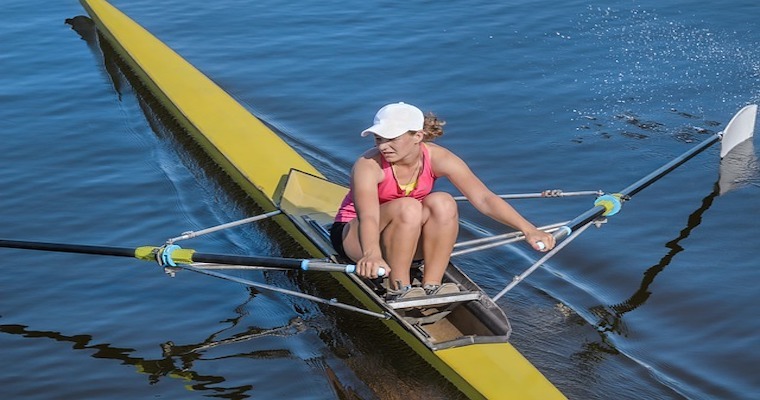
Athletes come to a sport psychologist for support in one form or another. Some athletes know exactly what they want and are disappointed or withdraw when they do not receive their preferences. There are three main preferences that athletes seek.
First, activity preferences which are the tasks the athlete wants the sport psychologist to engage in during the service delivery. Some athletes wish for the sport psychologist to raise and confront issues. Some athletes do not wish to do homework in between sessions. Maybe an athlete only wishes to work with the sport psychologist on the training ground with the coach present.
Second, sport psychologists work in different ways with different athletes. These are all talking therapies however there are different talking therapies. Some talking therapies are directive (led by and with the sport psychologist) and some talking therapies are non-directive (led by the athlete). A directive therapy might be cognitive behavioural and a non-directive therapy might be person-centred. In person-centred therapy, the client is leading where the client wishes to go. The sport psychologist offers support through listening and following what the athlete is hoping to explore.
Finally, athletes hold preferences for the type of sport psychologist they wish to see. Many athletes seek a particular personality type to meet their needs. If sport psychologists are to help their athletes best, the following guidelines are worth considering from Swift and colleagues.
Working with athletes means using your professional judgement and decision making to present your case for what you feel works best. You need to remain open and non-judgemental when listening to the athlete who is choosing for herself what she feels she needs. Only through the work you do together will you realise what is working or what is not working for the greater good of the athlete. You are not dismissing your professional expertise, rather; you integrate it into delivering the best support to the athlete.
Reference
Swift, J., Callahan, J., Cooper, M., & Parkin, S. (2018). The impact of accommodating client preference in psychotherapy: A meta‐analysis. Journal of Clinical Psychology, 74(11), 1924–1937. doi.org/10.1002/jclp.22680
